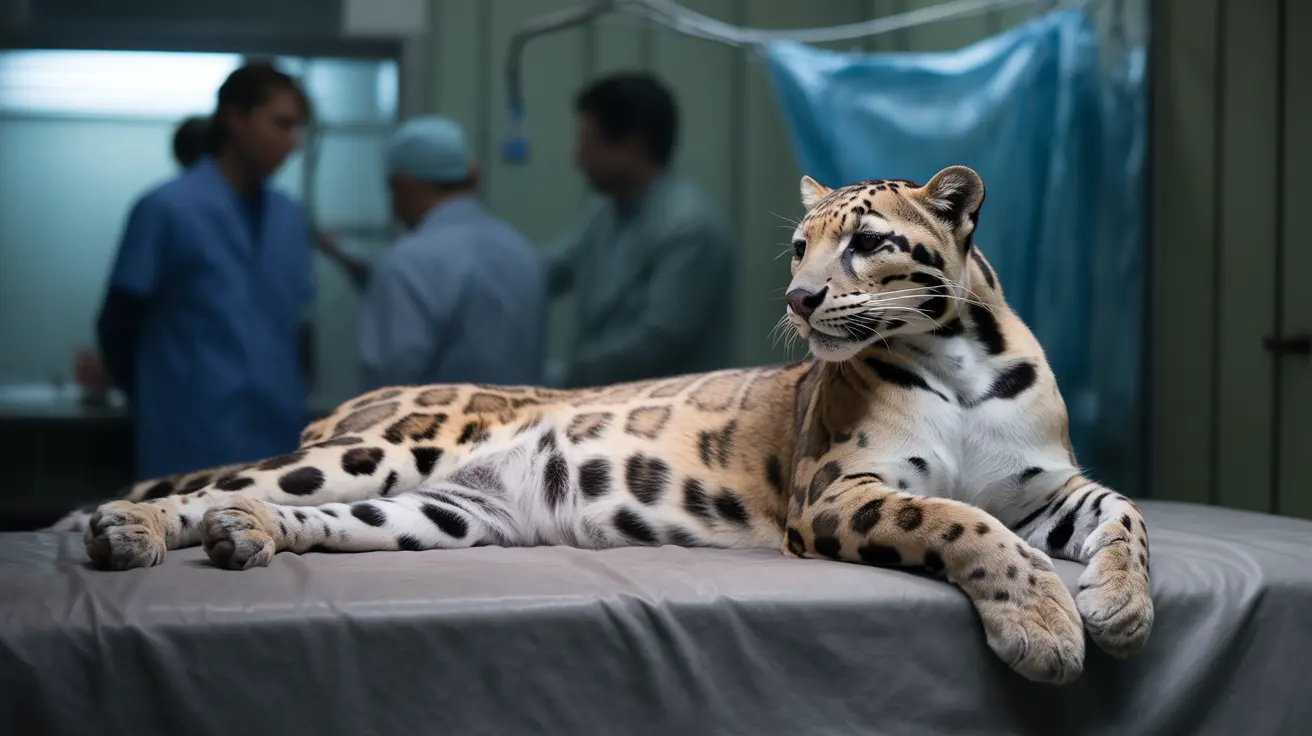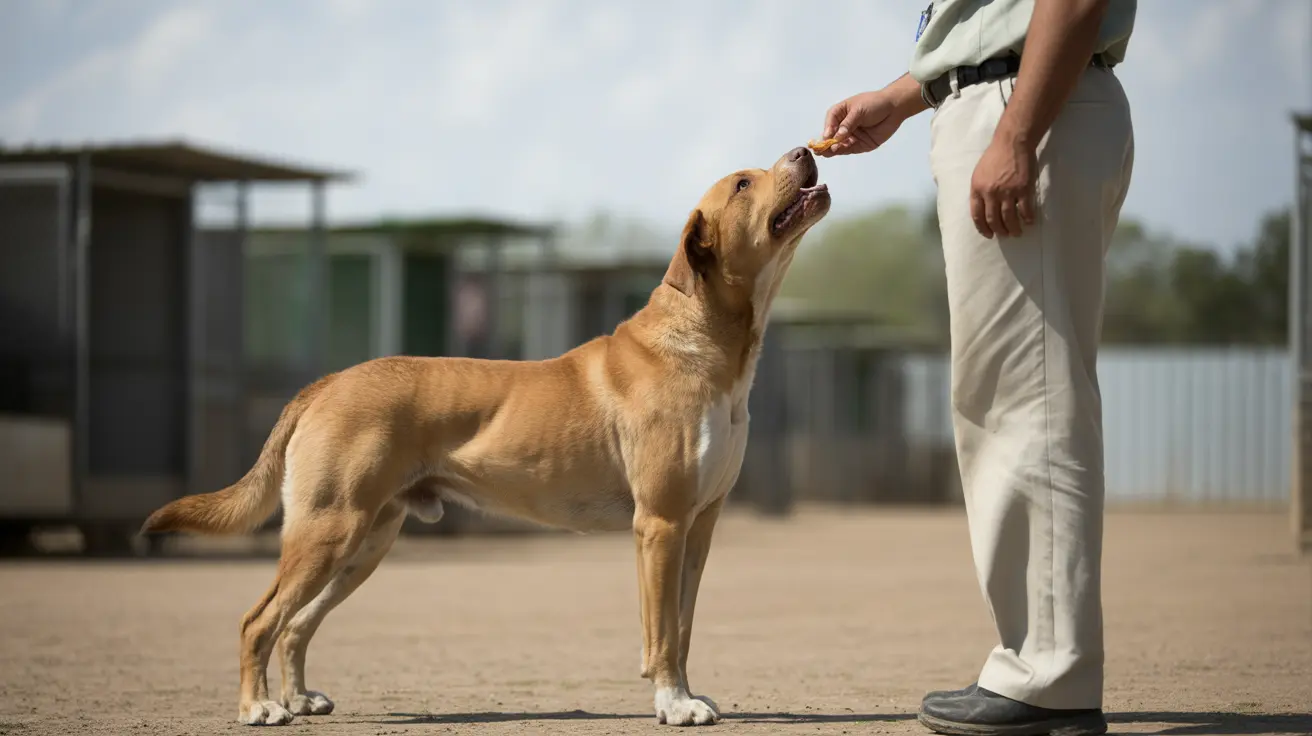If you're a cat owner with houseplants, you've likely faced the frustrating challenge of finding nibbled leaves or knocked-over pots. Cats eating plants isn't just a nuisance – it can be dangerous for your feline friend. This comprehensive guide will help you understand why cats eat plants and provide proven strategies to stop this behavior while keeping both your plants and pets safe.
Whether your cat is drawn to plants out of curiosity, boredom, or natural instinct, there are effective solutions available. Let's explore the reasons behind this common behavior and learn how to create a safe, enriching environment for both your cat and your indoor garden.
Understanding Why Cats Eat Plants
Before implementing solutions, it's crucial to understand what drives cats to eat plants. Cats may be attracted to plants for several reasons:
- Natural hunting instincts triggered by moving leaves
- Boredom or lack of environmental enrichment
- Curiosity about texture and taste
- Potential nutritional seeking behavior
- Stress or anxiety manifestations
The Dangers of Plant-Eating Behavior
Many common houseplants can be toxic to cats, making this behavior particularly concerning. Some of the most dangerous plants include:
- Lilies (all parts are extremely toxic)
- Philodendron
- Pothos
- Peace lilies
- Sago palms
- Dieffenbachia
Even non-toxic plants can cause digestive issues or choking hazards when consumed by cats.
Effective Prevention Strategies
Physical Barriers and Placement
One of the most effective ways to stop cats from eating plants is to make them physically inaccessible:
- Place plants on high shelves or hanging baskets
- Use plant cages or terrariums
- Create designated plant rooms
- Install window-mounted plant holders
Natural Deterrents
Several safe, natural deterrents can discourage plant-eating behavior:
- Diluted citrus spray on leaves
- Commercial bitter apple spray
- Double-sided tape around pot rims
- Aluminum foil covering soil
Environmental Enrichment
Providing alternative activities and stimulation can reduce plant-eating behavior:
- Install cat grass gardens
- Offer interactive toys
- Create climbing spaces
- Use food puzzles
- Provide scratching posts and perches
Safe Alternatives for Cats
Offer cat-safe plants to satisfy your pet's natural instincts:
- Cat grass (wheat or oat grass)
- Catnip
- Valerian
- Spider plants
- Boston ferns
Training and Behavior Modification
Consistent training can help modify your cat's plant-eating behavior:
- Use positive reinforcement
- Implement clicker training
- Reward alternative behaviors
- Maintain consistent boundaries
- Provide regular playtime
Emergency Response Plan
Know what to do if your cat ingests a potentially toxic plant:
- Keep poison control numbers handy
- Document plant species in your home
- Watch for symptoms of poisoning
- Know your nearest emergency vet
- Save plant samples for identification
Frequently Asked Questions
How can I effectively stop my cat from eating my houseplants without causing stress?
Use a combination of deterrent sprays, physical barriers, and environmental enrichment. Provide alternative activities and safe plants for your cat to interact with while keeping toxic plants out of reach.
What are the safest plants I can keep at home if my cat likes to chew on greenery?
Cat grass, catnip, Boston ferns, and spider plants are generally safe options. Always verify plant safety through the ASPCA's toxic plants database before bringing new plants home.
What are the warning signs that my cat has ingested a toxic plant and what should I do next?
Watch for vomiting, diarrhea, drooling, lethargy, or difficulty breathing. Contact your veterinarian immediately if you suspect plant poisoning, and if possible, bring a sample of the plant for identification.
Which natural or commercial sprays can deter cats from chewing on plants safely?
Diluted citrus sprays, commercial bitter apple spray, and pet-safe deterrent sprays are effective options. Avoid essential oils as they can be toxic to cats.
How can I train my cat to leave my plants alone using positive reinforcement methods?
Use clicker training to reward your cat for ignoring plants, provide engaging alternatives like cat grass, and consistently redirect unwanted behavior to appropriate activities.
Conclusion
Stopping cats from eating plants requires patience and a multi-faceted approach. By combining physical barriers, deterrents, and positive reinforcement while providing safe alternatives, you can create a harmonious environment where both your plants and cats can thrive. Remember to always prioritize your cat's safety by removing toxic plants and maintaining constant vigilance.






